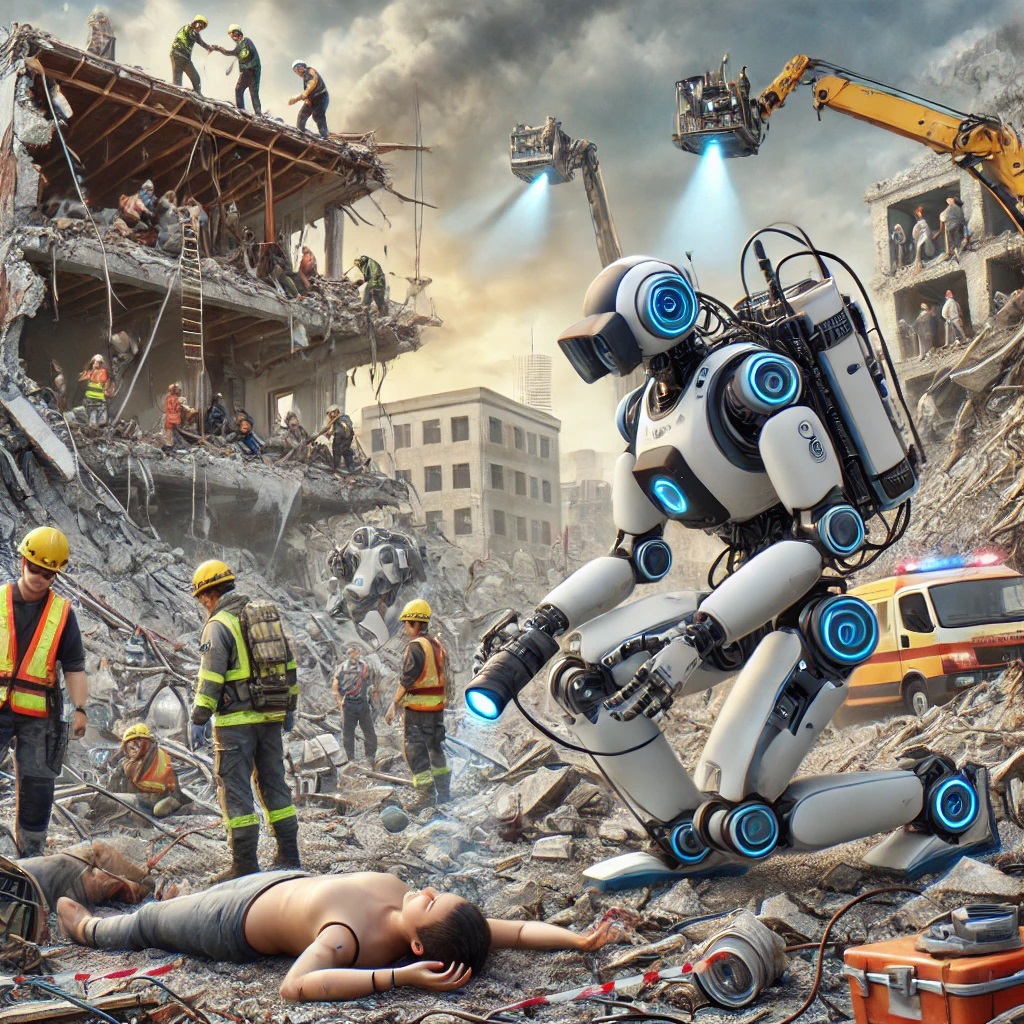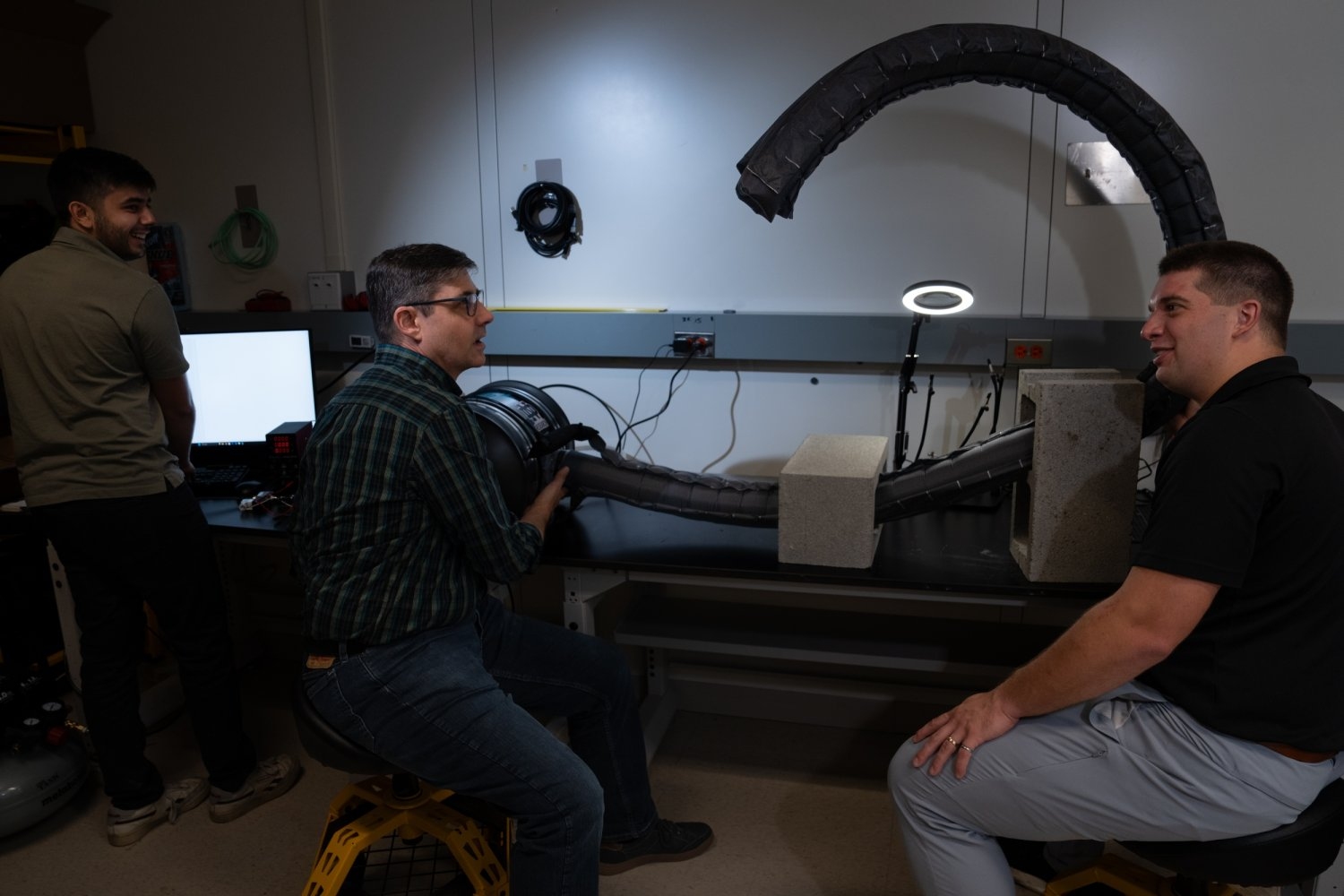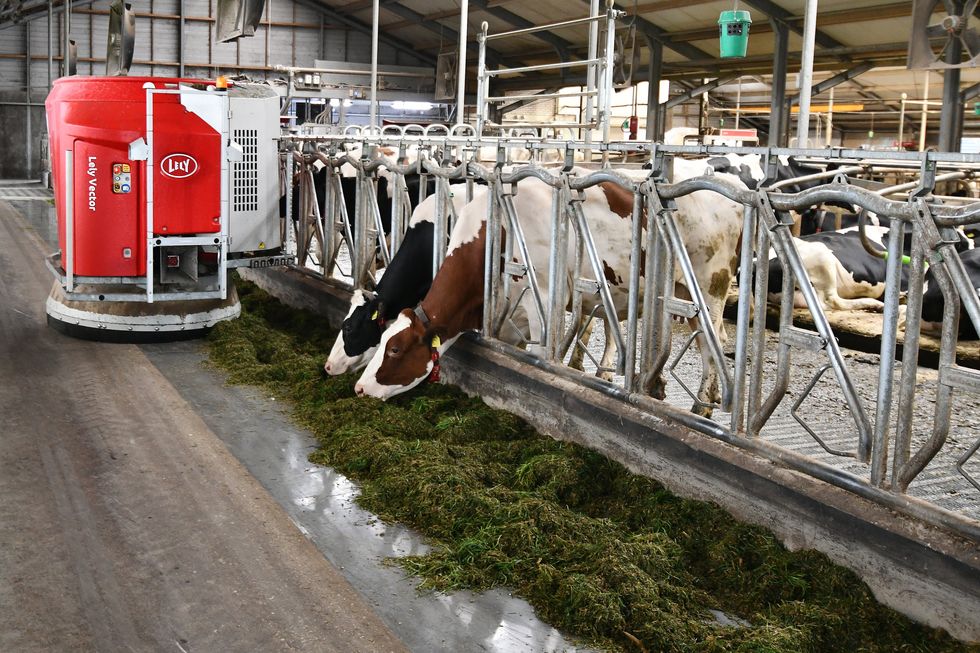Earthquakes often leave devastation in their wake—collapsing buildings, obstructing roads, and creating hazardous terrain. These conditions make rescue operations incredibly challenging for humans. Humanoid robots, with their human-like design and advanced capabilities, are emerging as powerful allies in earthquake rescue missions. From navigating rubble to providing medical assistance, humanoids are set to revolutionize disaster response. 🌟
Search and Rescue Operations 🕵️♂️🏚️
Navigating Ruins
Humanoids excel at traversing collapsed structures and debris-filled areas. Their human-like design allows them to:
- Crawl through narrow spaces 🕳️
- Climb over obstacles 🧗♂️
- Navigate uneven terrain 🌄
These abilities significantly enhance the chances of locating trapped survivors.
Thermal and Visual Sensors
Equipped with cameras 🎥, thermal imaging sensors 🔥, and microphones 🎙️, humanoids can detect:
- Body heat from survivors 🌡️
- Faint sounds from beneath rubble 🔊
This tech allows them to search areas too dangerous for humans, improving the efficiency of rescue missions.
Carrying and Delivering Supplies 📦🤲
Emergency Supplies
Humanoids can carry essential items like:
- Food 🥖
- Water 💧
- First-aid kits 🩹
Their ability to walk and climb makes them invaluable in delivering aid to survivors in inaccessible areas.
Medical Assistance
Equipped with robotic arms 🦾 and basic medical tools, humanoids can:
- Provide first aid 🏥
- Stabilize victims until human rescuers arrive ⛑️
Assessing Structural Integrity 🏢🔍
Structural Monitoring
Post-earthquake, humanoids can inspect buildings, bridges, and roads for damage, using sensors to:
- Detect cracks and shifts 🕳️
- Assess the risk of collapse 📉
Real-time Data Gathering
Humanoids can collect and transmit data on:
- Temperature 🌡️
- Air quality 🌬️
- Structural damage 🏗️
This information enables rescue teams to prioritize efforts and avoid dangerous zones.
Performing Rescue and Recovery Tasks 🚑💪
Debris Clearing
Humanoids can:
- Move small debris 🪨
- Shift lighter materials 🧱
This helps create paths for rescuers to reach trapped individuals.
Lifting and Extraction
With mechanical arms, humanoids can:
- Lift heavy objects 🏋️♂️
- Extract victims from beneath rubble 🤝
This capability is crucial in life-threatening situations where time is of the essence.
A Glimpse into the Future 🌟
Humanoid robots are not just technological marvels—they are life-saving tools that can redefine disaster response. By bridging the gap in dangerous and complex rescue operations, they provide hope for quicker, safer, and more efficient earthquake rescue missions.
What are your thoughts on humanoid robots in disaster relief? Are we ready to see them in action during the next big earthquake? 🤔💡
Stay tuned for Part 2, where we’ll explore the latest advancements and real-world deployments of humanoid robots in disaster management. 🚀
How useful was this post?
Click on a star to rate it!
Average rating 4.9 / 5. Vote count: 13
No votes so far! Be the first to rate this post.
We are sorry that this post was not useful for you!
Let us improve this post!
Tell us how we can improve this post?





